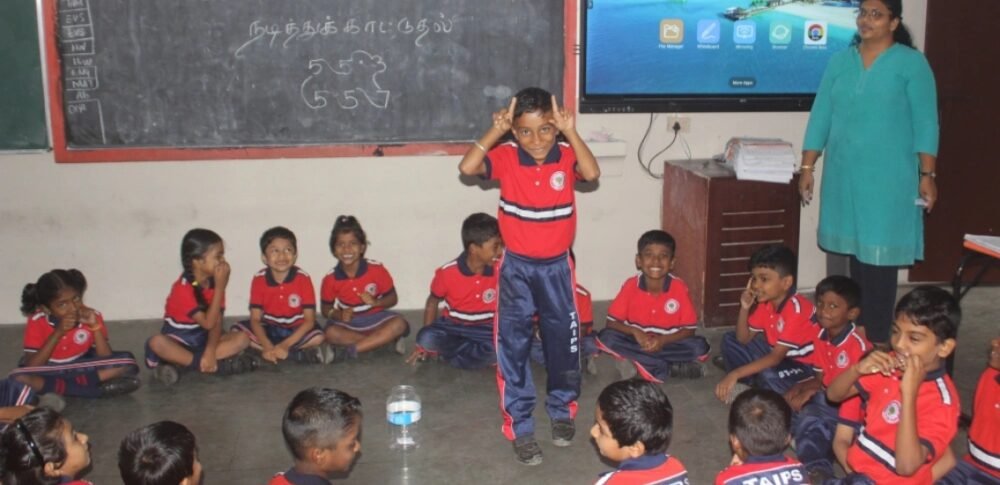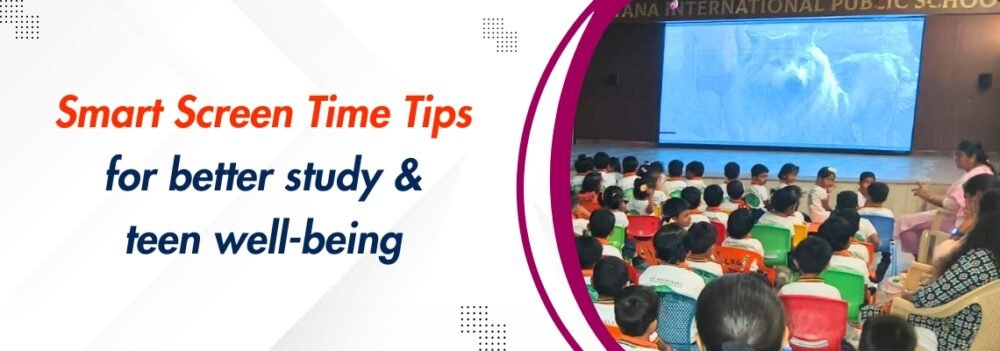High school students today live in a digital whirlwind of smartphones, tablets, and laptops. Balancing homework with social media and entertainment can be tough. Developing mindful study habits – that is, studying with full attention and balance – helps students learn better and feel less stressed. By setting healthy routines around technology use, teens (and their parents and teachers) can improve focus, grades, and well-being. In fact, research shows that learning simple mindfulness techniques (like deep breathing and focused attention) makes students less anxious and more attentive in class. We’ll explore why balanced tech use matters and share practical screen time tips and study strategies for teens and their support network.
The Value of Mindfulness in Studying
Mindfulness means staying fully present with what you’re doing – without judgment or distraction. When students apply mindfulness to studying, big benefits emerge. Studies find that brief mindful breaks (a few slow breaths, stretching, or focused observation) help calm the mind and reduce anxiety during study sessions. A relaxed, present mind can concentrate better and retain information longer. For example, a Harvard study found that students who received mindfulness training were less stressed and more focused, which boosted their ability to learn. In practice, this might look like taking a minute before starting homework to breathe deeply or gently scanning the body for tension – simple routines that clear the mind and improve attention. Over time, mindfulness builds self-awareness: students learn their own strengths and stress triggers, and tailor study plans accordingly.
Screen Time and Student Success
Of course, screens are double-edged. On one hand, computers and tablets can be powerful educational tools. Research shows that educational screen activities (like using learning apps or reading online) often boost persistence and positive academic outcomes. But on the other hand, excessive or unfocused screen time can harm learning and health. Since the pandemic, screen use has spiked – one study found kids’ average daily screen time jumped by over 50% worldwide. Too much passive screen time (like endless videos or games) is linked to higher stress and worse academic performance. In fact, teens who spend 7 or more hours on screens per day are more than twice as likely to report anxiety or depression compared to those who limit screens to about an hour. Another study found that very heavy screen use can impair emotional regulation and even set back math and literacy skills.
At the same time, experts emphasize that balance – not total avoidance – is the goal. Health authorities like the American Academy of Pediatrics recommend around 2 hours of recreational screen time per day for school-age kids and teens. This doesn’t include screen use for homework or learning. The key is to ensure screens don’t crowd out sleep, exercise, and real-world time. For example, habits like turning off devices at bedtime make a big difference: one pediatric health expert notes that turning off screens an hour before sleep “can lead to longer, more restful sleep”. And cutting screen time often frees up more face-to-face interaction – talking, playing, or doing projects – which builds social skills and attention span. In short, balanced screen habits support both better grades and healthier teens.
Smart Screen Time Tips for Students
Here are some practical screen time tips that help maintain focus and well-being during high school years:
- Designate Tech-Free Study Blocks: Pick specific times or areas for device-free studying. For example, during a 30–45 minute study session, turn off social media notifications and focus only on schoolwork. Many students find using the Pomodoro Technique helpful: 25 minutes of focused work, then a 5-minute break away from screens. Studies show that setting timers and using website blockers can dramatically increase focus. Try using a simple kitchen timer or a focus app to enforce short, uninterrupted study periods.
- Use Tools to Track and Limit Usage: Most smartphones now have built-in screen-time trackers. Check these regularly to see how much time you spend on various apps. If your tracker shows more “distractions” than study apps, consider setting daily limits. Some parents and schools also use tools like web blockers or focus apps; these can cut off tempting sites after a set time. The data from trackers can motivate students to improve – it’s often surprising to see how little productive study time is being used and how quickly it can be increased with small changes.
- Balance Screen with Breaks and Off-screen Activities: It’s important to break long screen sessions. Every 20–30 minutes, stand up, stretch or take a quick walk – it resets your focus. Encourage yourself to spend some free time each day on offline hobbies (like sports, art, or reading a physical book). Experts point out that even a 5–10 minute break of deep breathing or gentle movement every half-hour can refresh the mind and reduce the cognitive fatigue of studying. Remember: screens off before bed means better sleep and a clearer mind for the next day.
- Prioritize Sleep and Real Interaction: Set a “curfew” for devices – for example, no phones or computers an hour before bedtime. Adequate sleep (7–9 hours for teens) is crucial for concentration and memory. Likewise, carve out daily time for face-to-face talk with friends or family. These in-person moments build communication skills and give your mind a break from digital stimulation.
- Talk About Goals and Boundaries: Finally, involve parents, teachers, or friends in setting healthy screen habits. Discuss the reasons behind the limits you set. For example, if you aim to spend less time on social media, link it to a goal like “more time playing sports” or “improving sleep.” Teachers and parents can help students set personal goals and strategies – one approach is to collectively decide on tech rules (like when homework must be done before any gaming) and review them regularly. Research suggests that when students understand why they limit screen use (and have agreed on it), they stay more motivated to follow through.
Building a Mindful Study Routine

Good study habits go hand-in-hand with screen limits. Arrange a consistent daily schedule: do homework at the same time, with a clear start and end. Your study area should be tidy, well-lit, and reserved mainly for schoolwork. Before you start studying, take a deep breath or a one-minute mindfulness exercise to settle in. During study sessions, use mindfulness cues – for instance, focus on the sensation of turning pages or the sound of your pen – to keep attention anchored to the task.
If anxiety or distraction rises, pause and breathe slowly for a few moments. Studies of college students have shown that even brief mindful breathing (1–2 minutes) before tackling a problem can sharpen focus and calm nerves. Over time, students often find they recognize when their attention wanders and can gently bring it back. These mindful habits also reduce stress during exams and deadlines. In fact, students trained in mindfulness consistently report better test performance and emotional control.
Support from Parents and Teachers
Students don’t have to make these changes alone. Parents and teachers play a key role in modeling and reinforcing balanced habits. For parents, that means showing healthy tech habits yourself – when parents limit their own screen use and talk openly about why, kids tend to follow suit. Teachers can also promote a mindful classroom environment by encouraging breaks and focusing on goals instead of strict bans. One educator notes that helping students set personal learning goals (like finishing homework an hour earlier to have time for family) and then using strategies like timers or app limits can engage students’ intrinsic motivation.
Open, compassionate conversation is crucial. Rather than simply confiscating phones, ask students how screens affect their goals. Work together to find solutions: maybe agree on “quiet tech time” after dinner for family study, or regular check-ins on how new habits are working. Research in schools shows that when students are treated with respect and involved in setting tech rules, they are much more likely to succeed in managing their own screen use.
Mindful study habits and reasonable screen time go hand in hand. By using these tips – balancing focused study sessions with breaks, setting clear limits on recreational screen use, and practicing mindfulness – high school students can study smarter, not harder. In doing so, they often see grades improve, stress levels drop, and mood brighten. As one expert puts it, the goal isn’t to eliminate screens entirely but to maintain a healthy balance. With support from parents and teachers and a bit of self-awareness, teens can harness technology for learning while keeping their minds clear and their lives in balance.


